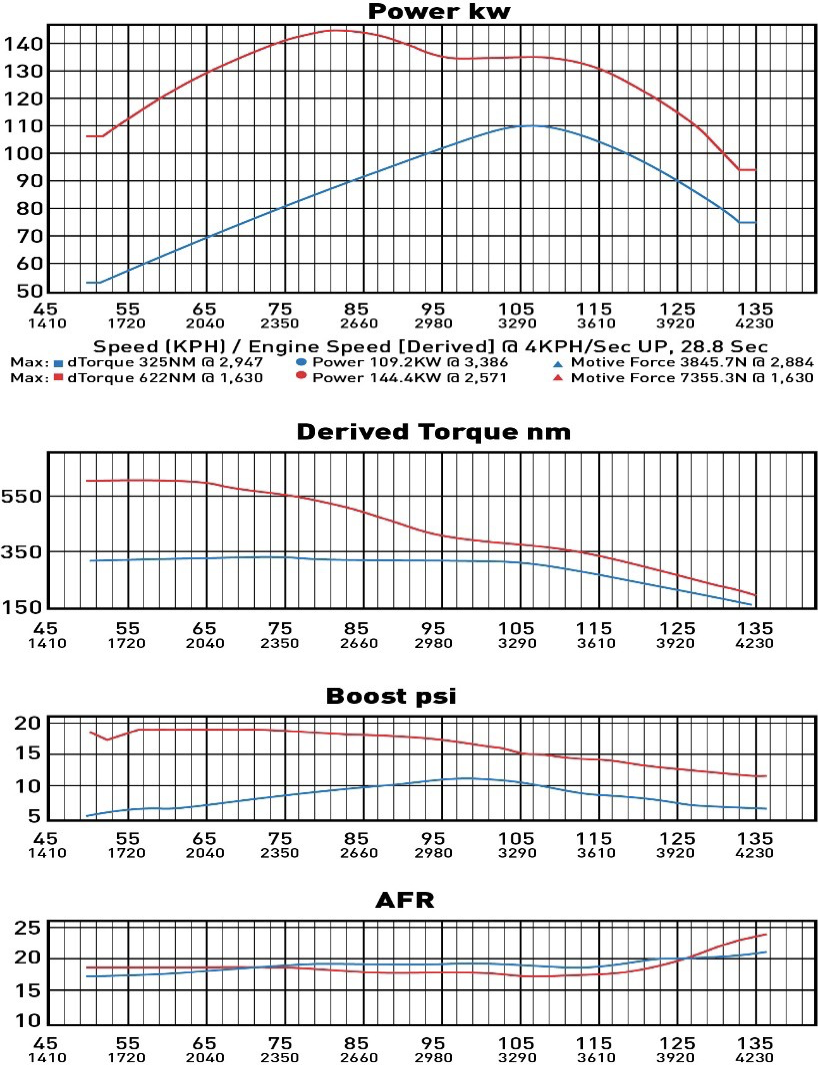PART 1 - LEARNING TO LOVE YOUR COMMON RAIL DIESEL
- Tom Hewitson - LTG 4x4
- Feb 5, 2021
- 4 min read
Updated: Mar 27, 2021
This is the first part of learning to love your common rail diesel series.
ALL ABOUT EMISSIONS
All manufacturers are striving to improve fuel economy, as this reduces emissions, they use lighter weight oils (even zero weight engine oil is now available), so when the crankshaft splashes through the sump oil there is less drag, they use lighter construction materials – to reduce weight to reduce fuel usage to reduce emissions, they even change alternators to the new Variable Output type that reduce the drag of the brushes by reducing the charge voltage.
(This type of alternator necessitated the development of DC to DC Auxillary Battery Isolator/Charger systems). It’s ALL about emissions. Importantly, once a vehicle is 5 years old, its emissions no longer count in the calculation of any nations total emissions output! Hence, engine manufacturers have developed emission systems to keep the engine compliant for 5 years, which in Australia works out to around 150,000kms.
Beyond 5 years, the emissions don’t count, (and in many countries there a very few cars 5 years old or older), so there is little interest in the years beyond. However, in Australia, the average vehicle age is over 10 years. At this point (and sometimes a lot earlier if a vehicle does a lot of short runs), the detrimental effects of poorly engineered emission systems can lead to expensive repairs and maintenance – cracked heads, cracked and worn pistons, blown-out head gaskets, a lot of labour time, chemicals and parts are consumed in the process of restoring good health to these engines. But more about this later. At LTG 4x4 we are often called upon to diagnose issues with CRD engines and rectify the problem.
NOTE: If you are unfamiliar with any terms, please refer to the last page.
What is A Common Rail Diesel?
Common Rail Diesel was a huge advancement in diesel technology (using very high injection pressures and electronic injectors controlled by an ECU), that CRD was released from around 2006/7. It provides substantially more power combined with a significantly improved economy, engines are quieter and have less emissions compared to previous generations of diesel engines.
The best of all worlds, you would think! Who could ask for more?
However, along with these advancements can be expensive reliability issues - compared to earlier generations - so it is important that owners maintain & operate their CRD correctly.
In concert with minor modifications, you can reap all the rewards these engines can provide over a lifetime of use.
How CRD Works
CRD has a high-pressure fuel pump that delivers diesel up to the Common Rail, a feed tank or reservoir that holds pressurised fuel waiting for the injectors to open. There is a pressure-sensitive return valve at the end of the ‘rail’, holding the fuel pressure, stopping it from bleeding off on its return to the fuel tank. The injectors are electronically controlled by the ECU, and based on the readings from various sensors around the engine, - MAS, MAP, Crank Angle, TPS, EGR, Boost, Cam Timing, Injector Timing, and Pressure, air temperature, throttle position, etc, - the computer pulses the injectors to release fuel into the cylinder,
(according to the program ‘map’ of response for that set of circumstance (and it is this map that is modified with a Custom ECU Re-map - but I digress)
often many times per stroke (up to 10), so that as air is drawn into the cylinder (as the piston moves away from the head), a small amount of fuel is atomised to match the air volume (so that in theory all the fuel is burnt and extinguished by that air, hence, you guessed it, less emissions!)
All the fuel is used to create power and is not lost down the exhaust pipe, resulting in the black exhaust smoke often seen in older engines or engines under load.

Fig 1: Consider Under vehicle Protection Plates (Bash Plates) to protect the underbody fuel cooler. As you see, this one has been beaten-up.

The excess fuel delivered to the ‘rail’ is returned via a fuel cooler to the fuel tank, and the cycle repeats. Fig 2
Common Rail Diesel's rely on fuel pressures being 10x the pressure of earlier engines, greater than 22000psi as compared to around 2000psi. This is the reason for the fuel cooler, often found bolted to the underside of the vehicle – and needs to be protected in many off-road circumstances
The CRD injector may open-close a billion times during its service life, fuel is being forced through the injector at 2000kms/hour in bursts of 1 or 2 milliseconds, where the clearances are 30 times smaller than a human hair.
They’re incredible devices!
See Section 7 for preventative maintenance issues. The high fuel pressure, the precision injection controlled by the ECU, all lead to cleaner, quieter, and more powerful engines.
Then comes the Emission Systems.
Thank you for reading the first installment of learning to love your common rail diesel, please find the next installment at www.ltg4x4.com.au/blog where we will cover "Crankcase Pressure or Blow-by"
Cheers,
Tom from LTG 4x4
_Page_1_edi.png)



Comments